Two weeks ago, I wrapped up creating the chemigrams needed for my upcoming solo exhibition at the University of La Verne in Southern California. The show, which is opening this next week at the Irene Carlson Gallery of Photography, will feature 24 chemigram diptychs that have been digitally printed and enlarged for this exhibit. Several of the one-of-a-kind original chemigram diptychs, all printed on vintage, WWII-era Kodabromide paper, will be on display during the month of December in Gallery 1/1 in Seattle as part of a invited group show. This time last year, this series was defined by only a handful of prints and a loose concept. Over the course of the last twelve months, I’ve focused on research – sourcing first-hand and second-hand accounts of the war, documentaries, graphic novels and several books, articles and online resources to create a series I’m proud of. Along with my artist statement, 2100+ words of captions accompany this series of work to guide the audience through a discussion on history, faded symbols, hidden dualism and how it all relates to what we see in our world today.
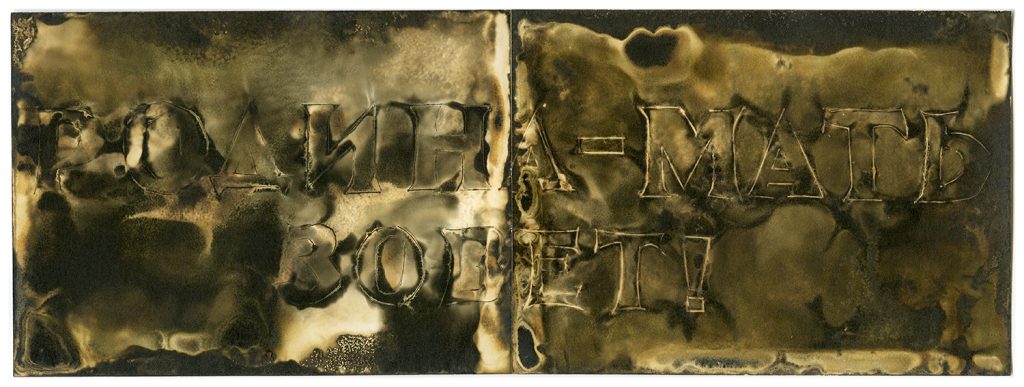
With only a few precious sheets of this expired paper left, I am taking a break from creating the final images for the series. My hopes are that audience comments and critique will lead me toward symbols that I’ve overlooked in my research and, hopefully, will round out the series even more.
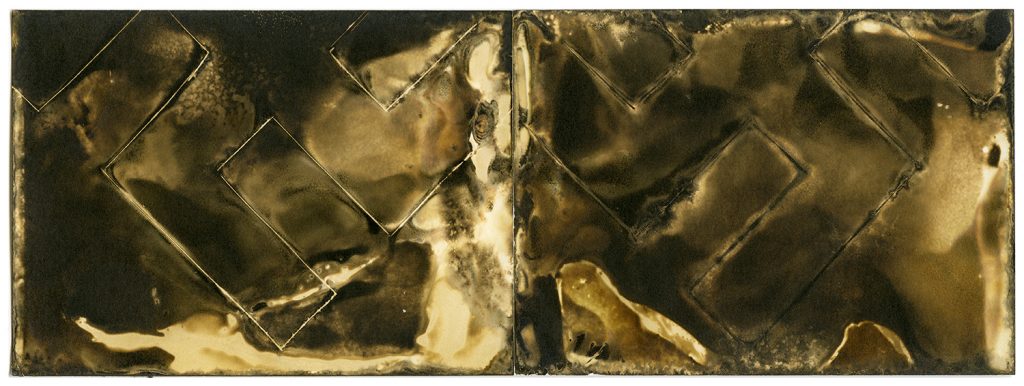
Perhaps the most difficult image I’ve ever made, the Hakenkreuz was one of the last symbols that I used for this series. I’ve worried for a very long time about how much this symbol looms over the entire conflict and I do not want it to distract from the greater conversation that this series intends to strike up. I never wanted this symbol to be highlighted – in any way – within my series because, in many ways, it is this symbol that has obscured the others. We have summed up so much of what the Second World War was in this single symbol of hate, allowing so many lessons to be ignored. Yet, without talking about this symbol of hate, we ignore its nationalistic roots, its cultural appropriation and the terrible genocide that it caused. Disregarding those important lessons would be criminal – and would certainly go against the intent of this work.
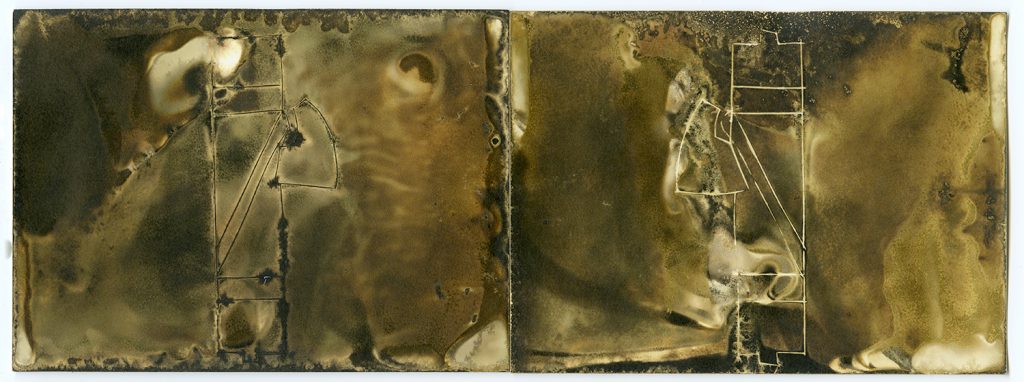
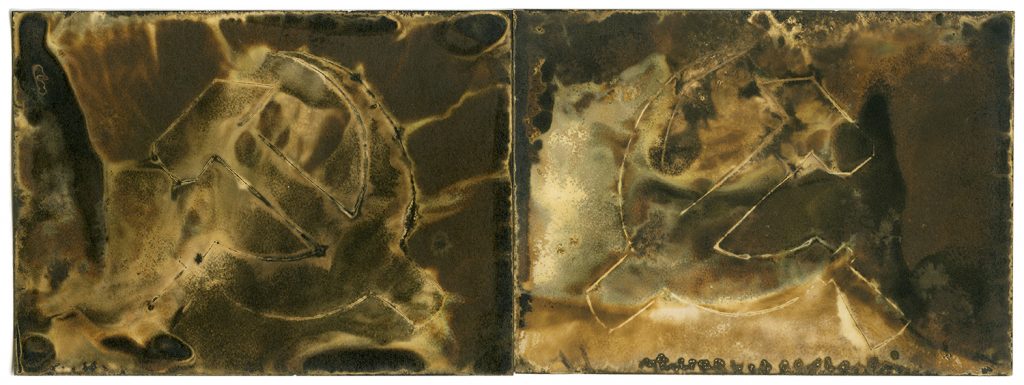
For those in the LA-area, I will be providing a Skype-based Q&A session at the University of La Verne from 5-6pm PST on November the 10th during the Artist’s Reception. I look forward to connecting with other artists, students and professionals and welcome your questions!
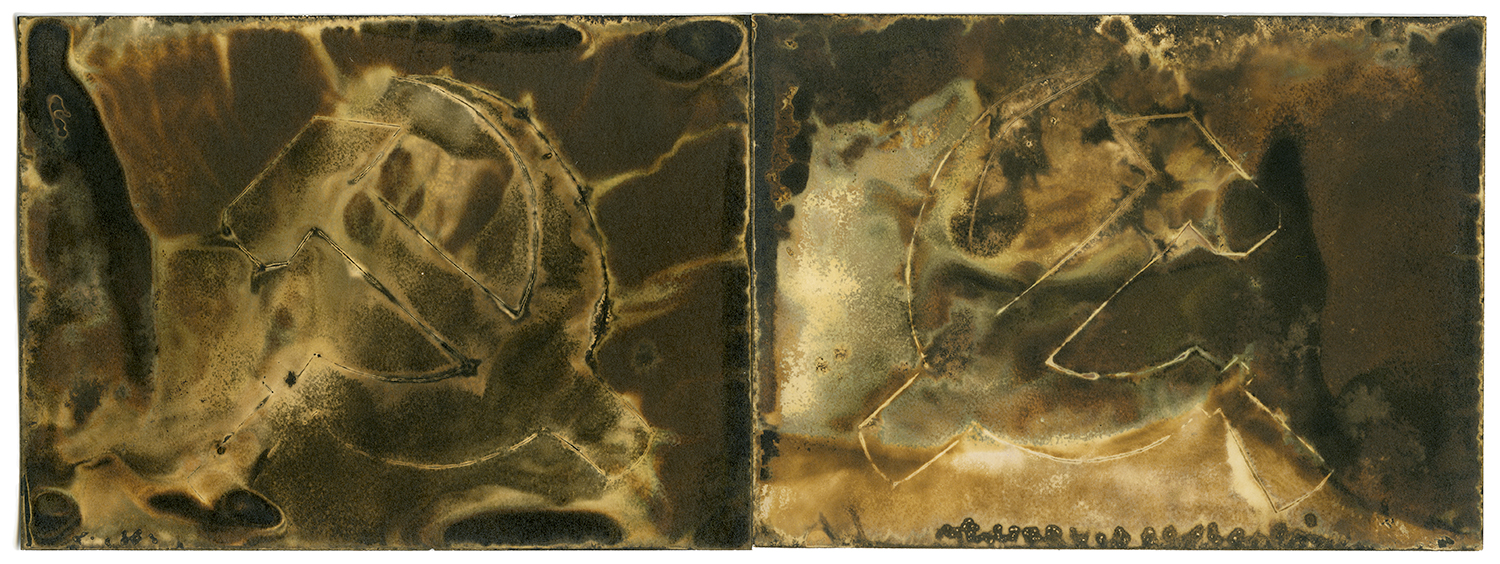
+There are no comments
Add yours